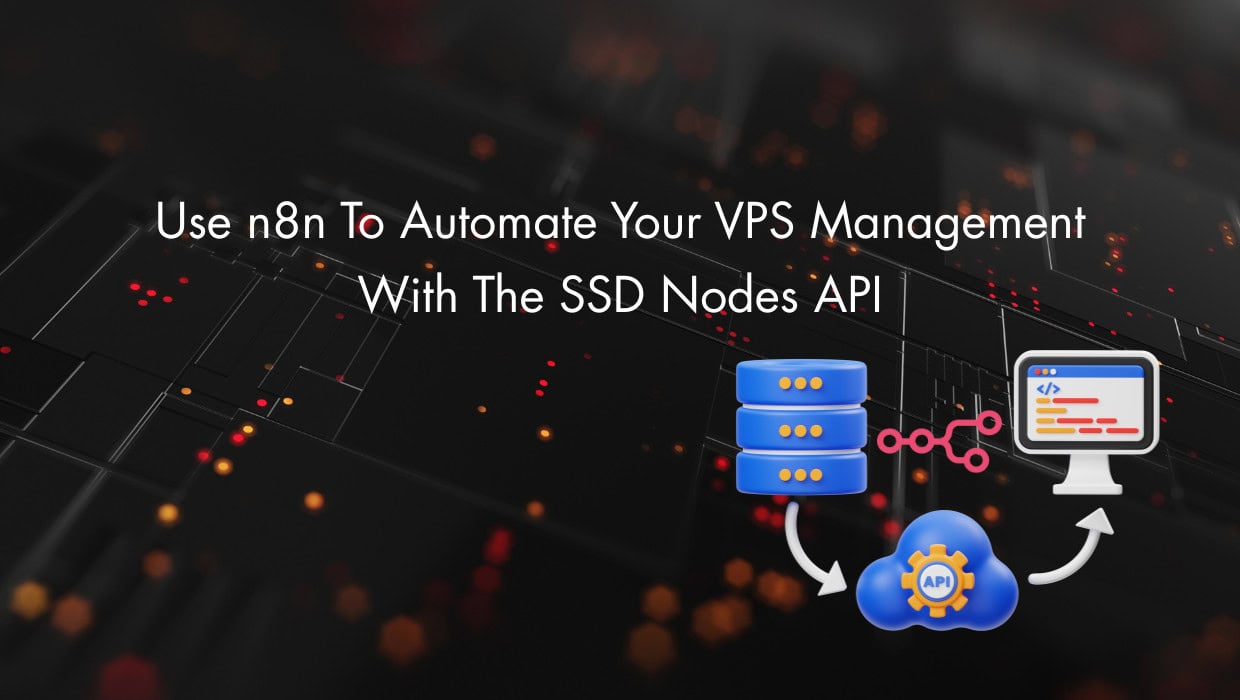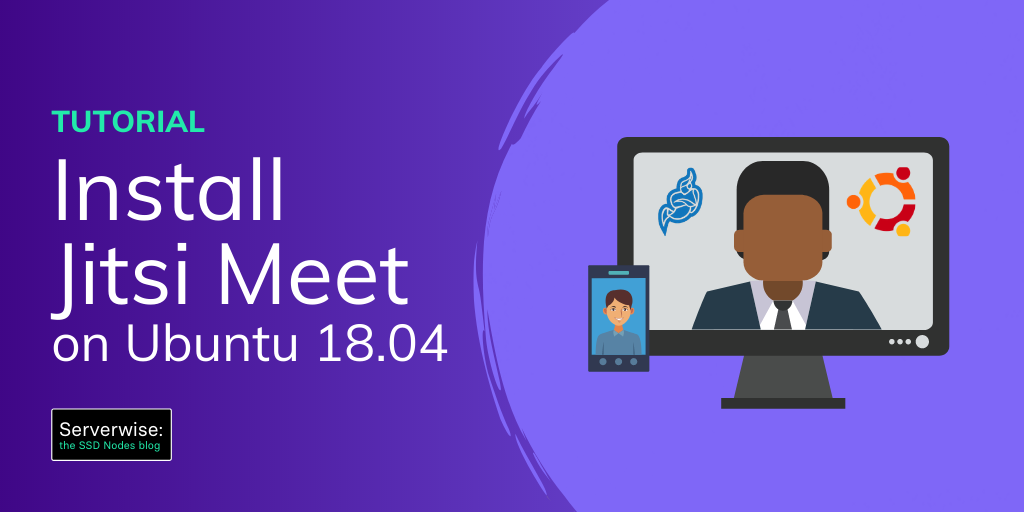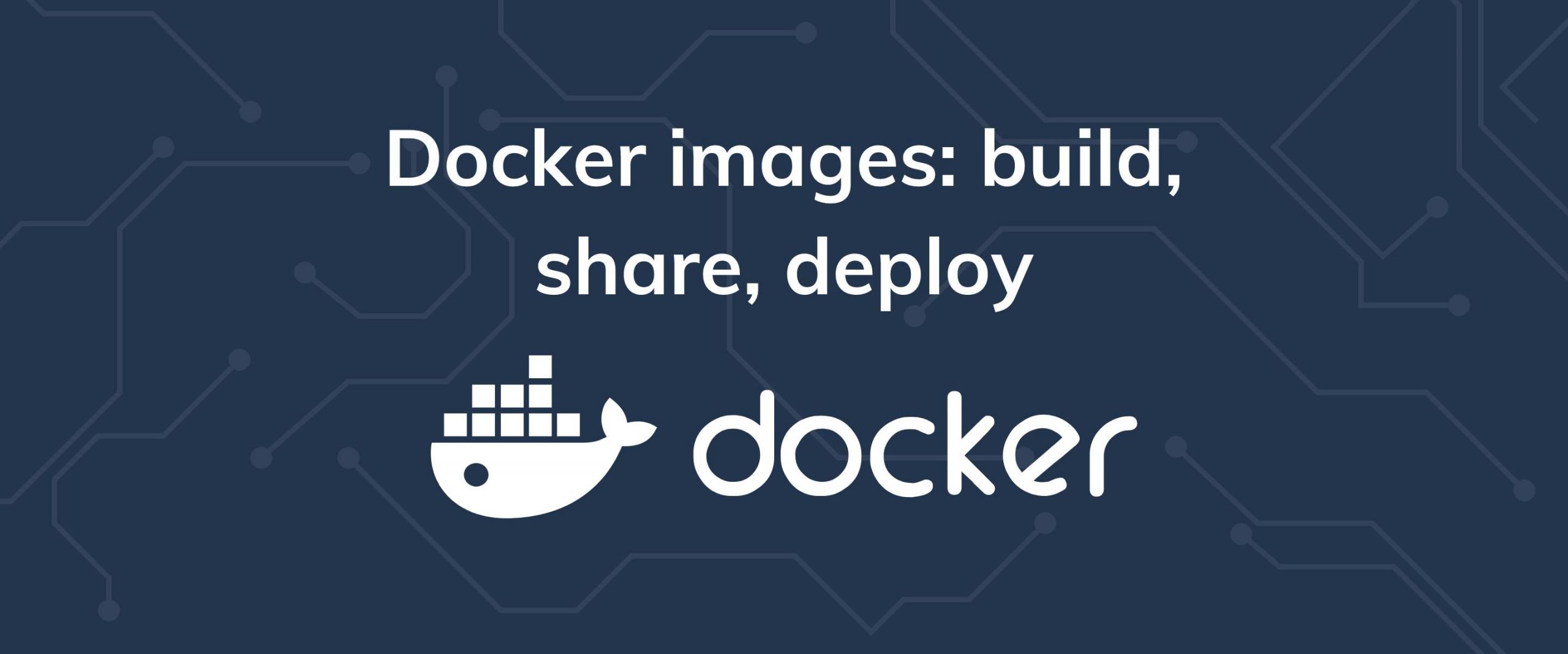Managing VPS infrastructure typically means juggling bash scripts, fragile CI/CD pipelines, and automations that only one person on the team understands. Server management often becomes unnecessarily complex.
In this article, we'll take agencies as an example scenario to demonstrate how n8n and the SSD Nodes API work together to automate server management without the usual scripting headaches. The same patterns apply to managing client infrastructure, running CMS applications, or handling your own development environments.
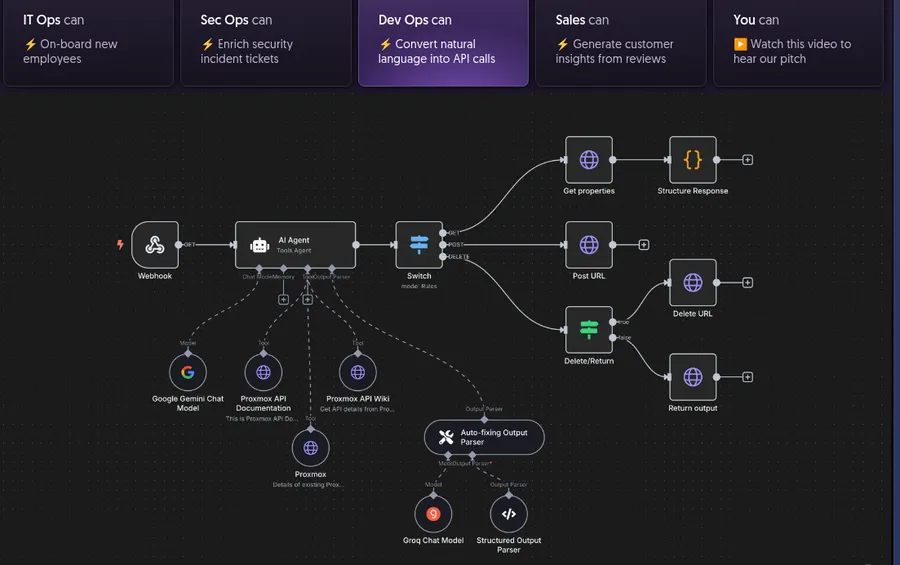
n8n integrates perfectly with the SSD Nodes API to create powerful automation workflows. The visual nature makes these workflows accessible to non-developers while providing the flexibility that technical teams need.
Note: The SSD Nodes API add-on costs only $2/month, and you only need to purchase it once to use it for all your servers.
Why Visual Workflows Matter for VPS Management
Traditional automation requires specialized knowledge. Bash scripts, CI/CD configurations, deployment tools, these are all barriers for team members who need to understand or change how things work.
Visual workflow builders like n8n flip this completely. Your marketing manager can see exactly why servers restart before demos. Your project manager can tweak client onboarding without filing a developer ticket. Your operations team can document complex procedures in ways that don't require a CS degree to parse.
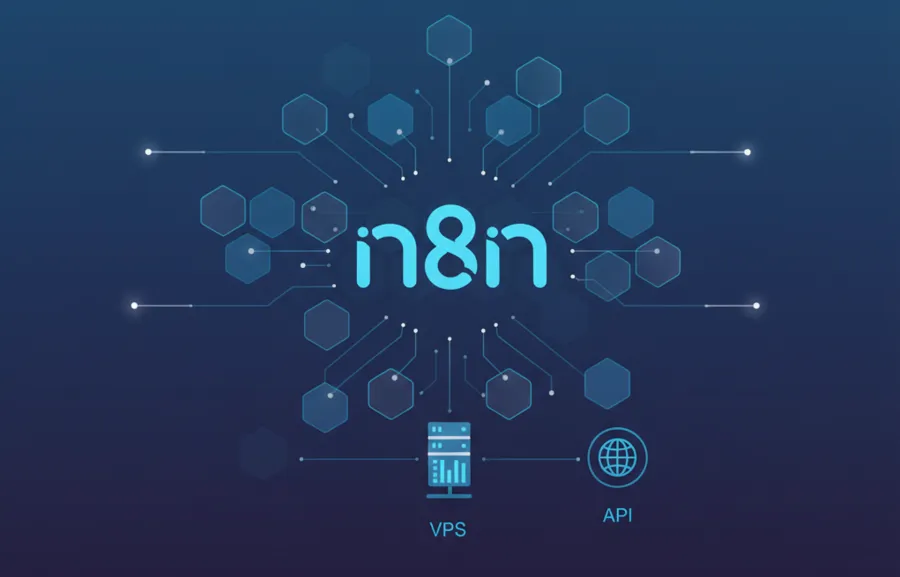
The visual representation makes debugging trivial. When stuff breaks, you see exactly where it failed and what data was there. Traditional scripts hide this in log files you have to hunt down and decipher.
n8n's HTTP Request node handles the technical things automatically. Authentication, error handling, response parsing. So that your server automation workflows focus on business logic, not implementation details.
Understanding n8n Integration with the SSD Nodes API
n8n talks to the SSD Nodes API through standard HTTP requests. You use your API token for authentication and hit the same endpoints documented in our API docs. The difference is visual configuration instead of command-line tools.
Each API call becomes a node in your workflow. Nodes link together to create automation sequences that can involve way more than just server management. Email notifications, Slack messages, calendar updates, database operations. Everything integrates seamlessly.
The real advantage is combining server management with other business systems. Client meeting gets scheduled? n8n automatically prepares demo environments. Monitoring detects issues? n8n restores servers and updates project management tools simultaneously.
Use Case 1: Automated Client Demo Environment Management with n8n and our VPS API
Marketing agencies and consulting firms constantly prepare demo environments for client presentations. This usually means manual server setup, application deployment, content preparation, which is work that's repetitive and error-prone when done by hand.
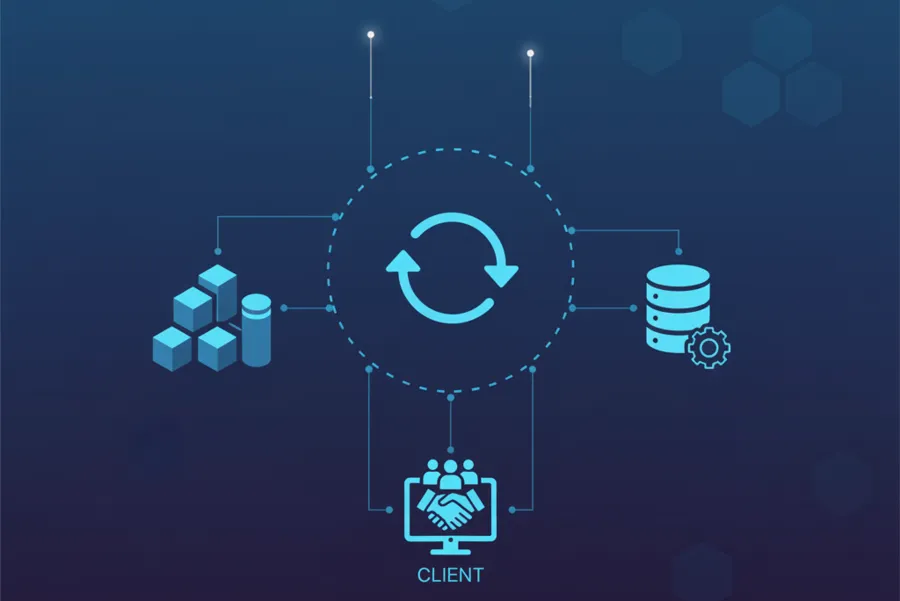
n8n automates the entire demo preparation pipeline through integration with calendar systems, the SSD Nodes API, and communication tools. Client demo gets scheduled? Automation handles it without manual intervention.
The Complete Demo Workflow
A marketing agency can build this workflow to handle their client demo prep:
Trigger: New calendar event containing "demo" in the title gets created in Google Calendar
- Extract client information from the calendar event details
- HTTP Request to SSD Nodes API to reinstall demo server with WordPress
- Wait node for 10 minutes to allow installation to complete
- SSH command through n8n to deploy the agency's portfolio theme and sample content
- HTTP Request to get the server's IP address
- Send Slack notification to the sales team with demo URL and login credentials
- Create follow-up reminder in project management system
The entire process takes about 15 minutes and requires zero manual work. What used to be a 30-minute task someone had to remember to do now happens automatically whenever demos are scheduled.
Implementation Details
The workflow uses n8n's Google Calendar trigger node to monitor for new events. When a qualifying event appears, the workflow extracts relevant information using JavaScript expressions within n8n.
The server reinstall happens through an HTTP Request node configured with the app you want to install, which may be WordPress in this case. Example:
• curl -X POST https://api.ssdnodes.com/servers/40077/reinstall -H "Authorization: Bearer YOUR_TOKEN" -H "Content-Type: application/json" -d "{\"reinstall_type\":\"app\",\"os_app_id\":,\"authentication\":\"pwd\"}"Note: Replace <OS_ID> with the ID of the app or OS you want to install (which you can get by calling /apps or /operating-systems)
A wait node is important because server reinstalls take 5-10 minutes. n8n pauses workflow execution until the installation completes, then continues with configuration steps.
SSH commands run through n8n's built-in SSH node, which connects to the freshly installed server and runs deployment scripts. This ensures the demo environment gets configured exactly the same way every time.
Error handling includes Slack notifications when installations fail and automatic retry logic for temporary API failures. The workflow handles edge cases like network timeouts gracefully.
Business Impact
This automation eliminates a major stress point for the agency's sales team. Demos don't fail anymore because someone forgot to prepare the environment or made configuration mistakes under time pressure.
The consistency improves client perception significantly. Every demo shows a perfect, freshly configured environment that represents the agency's capabilities accurately.
Team productivity increases because sales people focus on client conversations instead of technical setup. The automation handles the boring work so humans can do what they do best.
Use Case 2: n8n & VPS API Multi-Channel Incident Response Automation
System failures require coordinated response across multiple tools and team members. Manual incident response is slow and error-prone, especially during off-hours when people are tired or unavailable.
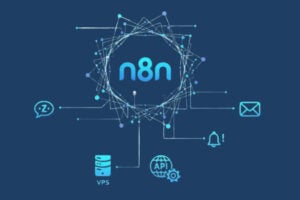
n8n can create comprehensive incident response workflows that automatically detect problems, attempt recovery, and coordinate communication across your entire team. The visual workflow makes it easy for operations teams to understand and modify response procedures.
The Incident Response Pipeline
A SaaS company or Dev agency can build this workflow to handle their application server failures:
Trigger: Webhook from monitoring system (Zabbix/Nagios) indicating server failure
- Parse incident details from webhook payload
- Create incident ticket in Jira with severity and affected services
- Post initial alert to
#incidentsSlack channel - HTTP Request to attempt server restart through SSD Nodes API
- Wait 5 minutes for restart to complete
- HTTP Request to check server status
- If still failing, HTTP Request to restore from latest snapshot
- Wait 10 minutes for snapshot restoration
- HTTP Request to verify recovery
- Update Jira ticket with resolution details
- Send SMS to on-call engineer if recovery failed
- Post resolution summary to Slack
This workflow tries multiple recovery strategies automatically before escalating to human intervention. Most incidents resolve without waking anyone up.
Communication Orchestration
Incident response requires coordinated communication across multiple channels and stakeholders. The n8n workflow handles this automatically:
Slack Integration: Real-time updates to incident channels with server status, recovery attempts, and resolution details.
Email Notifications: Automated summaries to management with incident timeline and impact assessment.
SMS Alerts: Critical failures that require immediate human attention trigger SMS to on-call engineers.
This ensures everyone has the information they need without flooding communication channels with unnecessary notifications.
Use Case 3: Agency Client Lifecycle Management with n8n and SSD Nodes VPS API
Web agencies manage complex client lifecycles that involve onboarding, project work, environment transitions, and offboarding. Each phase requires specific server configurations and careful coordination between team members.
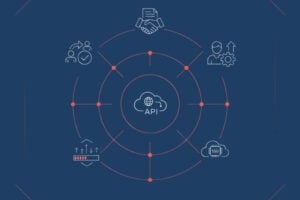
n8n can orchestrate the entire client lifecycle through integration with project management systems, the SSD Nodes API, and business tools. Clients get consistent experiences while internal teams follow standardized procedures.
Complete Client Onboarding Automation
A web development agency can automate their client onboarding process through this comprehensive workflow:
Trigger: New client added to CRM system (HubSpot/Salesforce)
- Extract client details and project requirements from CRM
- Create project folder structure in Google Drive
- Generate project in time tracking system (Harvest/Toggl)
- SSD Nodes API HTTP Request to reinstall client server with appropriate stack (WordPress/LAMP/etc)
- Wait for installation completion
- SSH commands to configure client-specific settings and branding
- Generate client access credentials and documentation
- Send welcome email with project details and access information
- Create recurring tasks in project management system
- Schedule kickoff meeting in calendar systems
This workflow ensures every client gets identical onboarding experiences while eliminating manual setup work for the agency team.
Project Transition Management
Agencies often need to transition clients between different environments as projects progress. Development to staging, staging to production, or between different project phases all require careful server management.
The workflow handles these transitions automatically:
Clean Environment Preparation: Target environments get reinstalled with fresh configurations appropriate for the new project phase.
Data Migration: Client data and configurations transfer from old environments to new ones through automated scripts.
Access Management: User credentials and permissions update automatically to match new environment requirements.
Documentation Updates: Project wikis and documentation reflect new environment details and access procedures.
Client Offboarding and Cleanup
When client projects end, proper cleanup prevents security issues and reduces costs. The n8n workflow handles complete client offboarding:
Environment Cleanup: Servers get reinstalled to remove all client-specific data and configurations.
Access Revocation: All client credentials and team member access gets revoked systematically.
Billing Finalization: Time tracking stops, final invoices are generated, and payment systems update automatically.
Handoff Documentation: Complete environment documentation and access credentials get prepared for client delivery.
Resource Reallocation: Cleaned servers become available for new client assignments through the SSD Nodes API.
This systematic approach ensures no client data remains on agency systems.
Building Effective n8n Workflows for Your VPS Servers
Successful n8n workflows require careful planning and attention to real-world operational needs. Visual workflows can become complex quickly, so organization and error handling are critical.
n8n Workflow Design Principles
Start Simple: Begin with basic workflows that solve specific problems, then add sophistication over time. Complex workflows are harder to debug and maintain.
Error Handling: Every external API call should include error handling paths. Network failures, API rate limits, and service outages all require error handling.
Documentation: Document workflow logic and decision points. Future team members need to understand what workflows do and why.
Testing: Build workflows with manual trigger nodes for testing purposes. You need to verify workflows work correctly before connecting them to production systems.
Monitoring: Include workflow health checks that notify teams when automation fails. Silent failures are worse than no automation at all.
Integration Best Practices
Authentication Management: Store API tokens securely using n8n's credential system. Never hardcode authentication in workflow nodes.
Rate Limit Awareness: Design workflows that respect API rate limits. Include appropriate delays between requests and error handling for limit violations.
Data Validation: Validate incoming data before using it in API calls. Bad data from triggers can cause workflow failures or unexpected behavior.
Rollback Procedures: Design workflows with rollback capabilities when possible. If automation causes problems, you need ways to undo changes automatically.
Communication Integration: Connect workflows to team communication systems. People need to know when automation succeeds or fails.
Getting Started with n8n and SSD Nodes API
To get started with the SSD Nodes API, log into your SSD Nodes account and look for "API Access" in the menu. Purchase a $2 subscription, then generate your first token and explore the documentation.
Setting up n8n integration with the SSD Nodes API is straightforward. You need an n8n instance (with n8n cloud or self-hosted with Docker on a VPS) plus API tokens from your SSD Nodes dashboard.
Start with read-only workflows that query server information and send notifications. This helps you understand the integration patterns without risking production systems.
Build your first automation around a real problem your team faces regularly. Manual demo preparation, client onboarding, or incident response are all great ideas for initial automation projects.
Test workflows thoroughly in development environments before connecting them to production systems. Use manual triggers and detailed logging to verify workflows behave correctly under various conditions.
The visual nature of n8n makes it easy to iterate on workflows as requirements change. You can modify automation logic without writing code or understanding complex deployment procedures.
Your servers become way more valuable when you can manage them with an API. Manual coordination doesn't scale, but API automation does.
A note about tutorials: We encourage our users to try out tutorials, but they aren't fully supported by our team—we can't always provide support when things go wrong. Be sure to check which OS and version it was tested with before you proceed.
If you want a fully managed experience, with dedicated support for any application you might want to run, contact us for more information.
